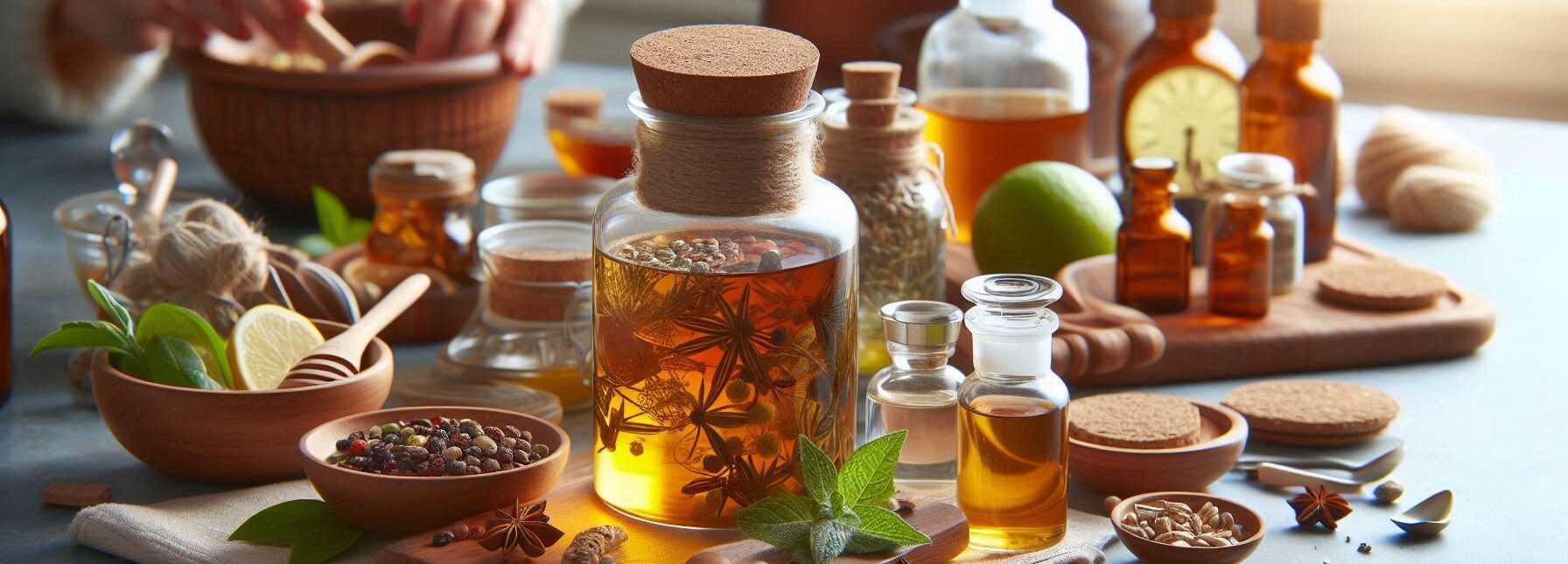Please Note: This post may contain affiliate links. If you click one of them, we may receive a commission at no extra cost to you. As an Amazon Associate, I earn from qualifying purchases.
Last Updated on November 2, 2025 by Kevin Collier

Top Takeaways and Key Concepts
- Clean all wounds immediately using safe water or natural antiseptics like yarrow.
- Apply direct pressure and elevate injuries to stop bleeding effectively.
- Use natural remedies, such as honey or aloe vera, to promote healing.
- Monitor wounds for redness, swelling, warmth, or pus as infection signs.
- Seek professional medical help if symptoms worsen or injuries are severe.
So, you’re ready to embrace your inner survivalist and head out into nature. Awesome! Seriously, it’s thrilling. But hey, nature can be tricky, like that friend who forgets their wallet every time you go out. You might get a cut or scrape when you least expect it.
Picture this: you’re wandering along, enjoying the fresh air. Then, wham! You trip over a root. Ouch. Suddenly, you’ve got a little battle wound. You know, those moments can feel like a scene from a spooky movie.
Don’t worry, though. You can handle it like a pro! Remember, leaves can be your friends. Some plants, like large broad leaves or even clean moss, can help cover a scratch.
Mixing up some natural antiseptics is helpful too. Honey, if you have it, is amazing for wounds. Nature’s sweet gift can keep things clean and promote healing. Just dab a bit on and get ready to feel like a wizard battling the odds.
If you spot any herbs like yarrow or plantain—score! They can help too. Just mash 'em up a little and put them on the boo-boo. The best part? No doctors needed, just a little nature magic.
Keeping the wound clean is key. Find a stream or some safe water to wash it gently. It’s super important. You don’t want anything nasty sneaking in.
So, as you venture out there, carry a mini first-aid kit with some natural goodies. A little bit of love and care can go a long way. It feels empowering to know you can handle what comes your way. You can be ready for anything, even that pesky root that tried to trip you!
Channeling your inner survivor isn't just about toughing it out. It’s about being smart, staying calm, and treating yourself like the brave adventurer you are. Now, go on and show the wild what you’ve got!
Contents of This Page
*** Shop for Survival Gear - Tools - Kits ***
Survival Gear - Bags and Backpacks - Knives - Boots/Footwear - Communication
Outdoor Cooking - Gloves - Hydration - Dry Boxes - Water Filtration Systems
Tents - Sleeping Bags - First Aid Kits - Multi-Tools - Flashlights - Fire Starters
Navigation - Survival Food - Night Vision - Headlamps - Stun Guns - Binoculars
Understanding Wounds: What Are We Dealing With?
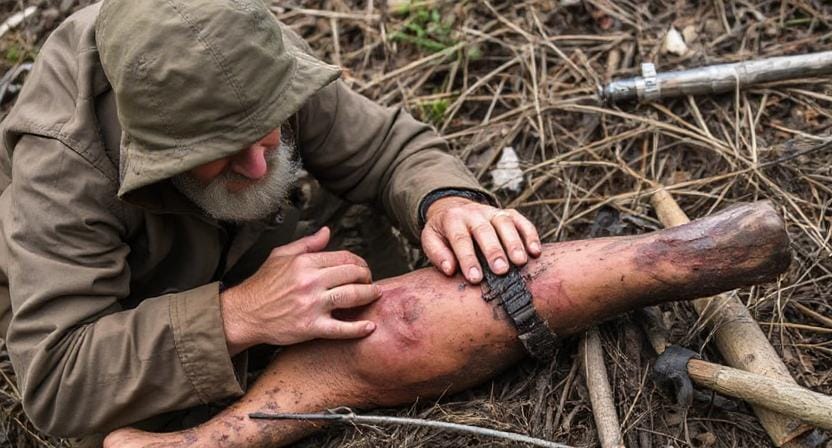
First, let's discuss about cuts and scrapes. You might assume they're just clever ways for your body to communicate “Oops!” but there's more to them than that. A wound is any break in the skin, from small scratches (like the ones you got from thorny plants on your last trek) to major slashes that make you wonder what you did wrong in life.
Now, when dealing with wounds, it's important to analyze their severity. Is it bleeding? If so, congratulations!
You are now a member of the “What Were You Thinking?” club. If it's just a scratch, be thankful and move on. If you have a larger cut or puncture wound (thanks again, thorns), you need to act fast before an infection shows up.
Cleaning the Wound: The First Step in Your DIY Medical Adventure
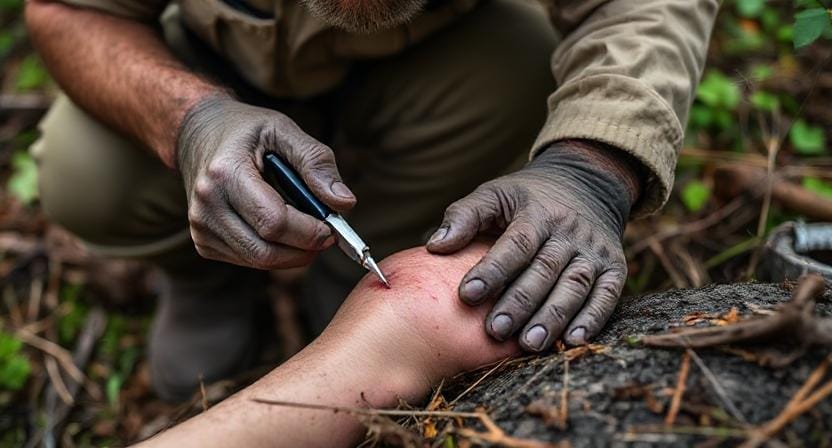
Let’s see—what's next? Ah yes! Cleaning the wound. This step is crucial because dirt and bacteria are basically uninvited guests at your wound party.
Ideally, you'd want clean water for this process; however, if you're out in the wild without access to running water (and no, that stream filled with suspiciously floating leaves doesn’t count), you’ll have to get creative.
If you've got some handy wipes or bottled water left over from that camping trip where everyone pretended not to be thirsty while eyeing your stash—now's their time to shine!
Pour or gently rinse away any visible dirt or debris. And if you happen upon some natural sources like certain plants known for their antibacterial properties (like yarrow), now would be an excellent time to put them into action!
Stopping Bleeding: Channeling Your Inner MacGyver
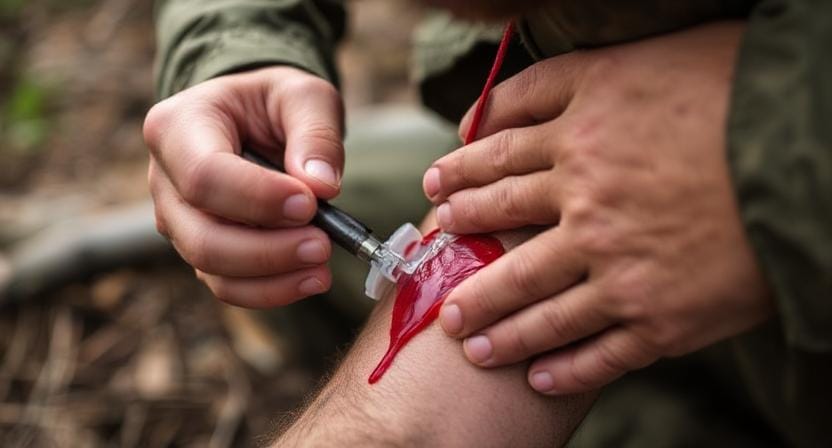
Next up is stopping any bleeding. Yes, I know—it sounds dramatic as if we’re filming an action movie scene instead of sitting around a campfire trying not to burn marshmallows beyond recognition. But fear not! There are several methods you can employ here.
Applying direct pressure is usually effective—just use whatever cloth material you have available; ideally something clean-ish because nobody wants bloodstains on their favorite shirt unless it makes them look tough at parties later on! Keep pressing until the bleeding slows down; then elevate the injured area above heart level if possible.
And if all else fails? Well… let’s just hope it doesn’t come down to wrapping duct tape around it while shouting “I’m fine!” at concerned friends nearby!
Using Natural Remedies: Nature Knows Best?
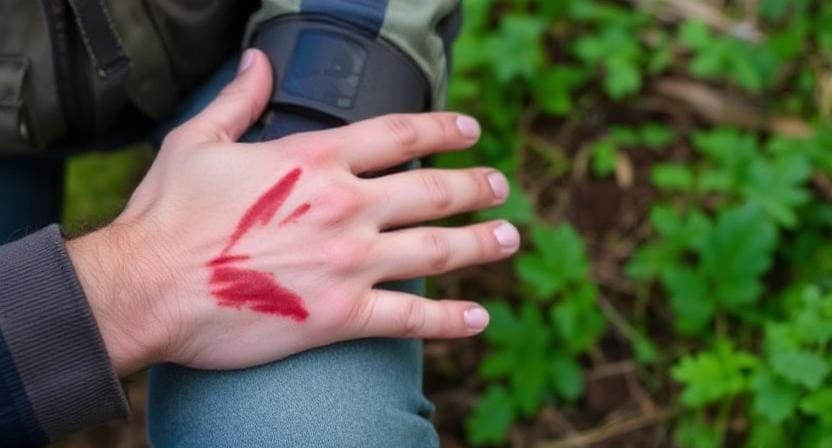
By now, I bet you're wondering what natural remedies exist outside of bear hugs and motivational speeches from friends who think they know better than nature itself. Luckily for us intrepid adventurers, Mother Nature has provided quite a few options!
For example, honey isn’t just for tea anymore; its antibacterial properties make it an excellent dressing for minor wounds once cleaned properly! Just apply a thin layer directly onto the affected area before covering with gauze or cloth—you’ll feel like a walking health food store!
Another contender is aloe vera—a succulent plant often found lounging around backyards everywhere (or even in pots inside). Its soothing gel can provide relief for burns while also helping promote healing thanks again to its magical properties.
Recognizing Infection Signs: When It’s Time to Panic… Or Not
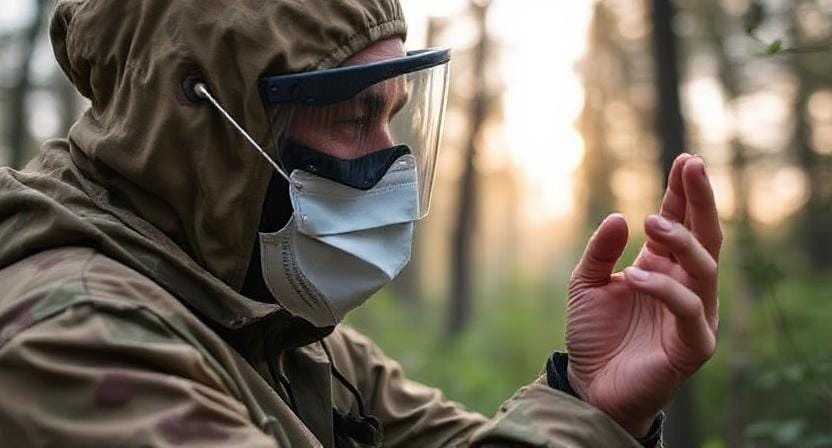
Alright folks—here comes my favorite part: recognizing signs of infection! Because nothing adds excitement like feverish chills while surrounded by trees pretending everything's perfectly fine!
Infections often show up as increased redness around the wound site along with swelling and warmth—basically anything resembling “not normal.” Pus forming? That’s definitely not good news either; we don’t want our bodies turning into science experiments after all!
If these symptoms appear—and trust me when I say they will eventually ruin any outdoor fun—it may be necessary (gasp!) to seek help from someone more knowledgeable than yourself about these matters—or at least call home so Mom knows what happened this time…
When To Seek Help: Know Your Limits
Finally comes my most critical advice yet: know when enough is enough! As much as we love pretending we're rugged pioneers capable of handling anything thrown our way by nature herself—the truth remains—we're still human beings with limits!
If symptoms worsen despite best efforts using natural remedies or cleaning techniques mentioned earlier—or if there are significant injuries involved—don’t hesitate seeking professional medical assistance ASAP! Remember folks—being tough doesn’t mean being foolish!
Frequently Asked Questions
What is the first step when treating a wound without modern medicine?
Gently clean the wound with the safest available water source or natural antiseptics like yarrow to remove debris and bacteria.
How can bleeding be controlled in the field?
Apply direct pressure with clean cloth and elevate the injured area above heart level until bleeding slows or stops.
Which natural substances can help prevent infection?
Honey and aloe vera have antibacterial and soothing properties that can support healing once the wound is cleaned.
How do you know if a wound is becoming infected?
Look for redness, warmth, swelling, increased pain, or pus buildup around the wound area—these are early infection indicators.
Can leaves or moss be used as temporary dressings?
Large clean leaves or clean moss can serve as improvised coverings when sterile bandage materials are unavailable.
How often should wounds be checked when using natural care?
Inspect wounds daily for changes in appearance or odor and continue cleaning and re-dressing as needed until healed.
When should you seek professional medical help?
Seek medical care if symptoms worsen, infection signs intensify, bleeding cannot be controlled, or injuries are severe.
Suggested Resources:
Survival First Aid Guide
https://www.survivalfirstaidguide.com
Natural Remedies for Wounds
https://www.naturalremediesforwounds.com
Wilderness Medicine Tips
https://www.wildernessmedicinetips.com

Kevin Collier is a seasoned survivalist and expert in prepping and homesteading, contributing to WiseSurvive.com. With a deep-rooted passion for self-sufficiency and outdoor survival skills, Kevin shares practical advice, strategies, and resources to help individuals prepare for any challenge. His informative articles cover a range of topics, from essential survival techniques to sustainable living practices, empowering readers to thrive in any situation. Whether you're a novice or a seasoned prepper, Kevin's insights will inspire you to take charge of your readiness and build resilience for the future.




